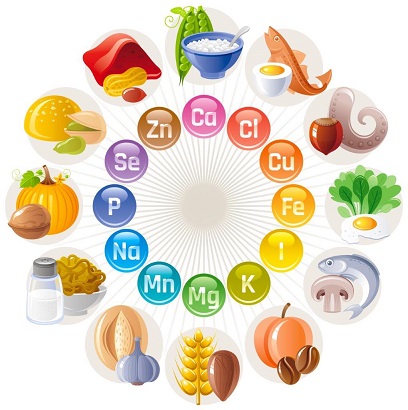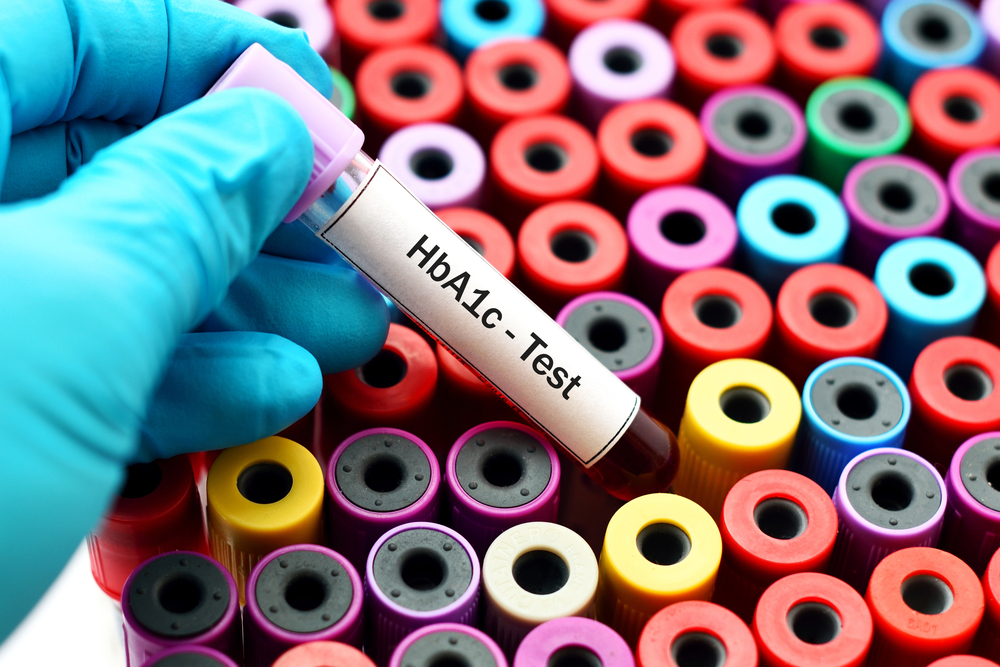World Diabetes Day 2023: Access to Diabetes Care

World Diabetes Day is celebrated on November 14th every year. It is a global awareness campaign to promote better understanding, prevention, and management of diabetes.
It serves as a platform to unite communities worldwide in the fight against diabetes and its associated complications. This year’s theme for November 14, World Diabetes Day, is “Access to Diabetes Care,” focusing on improving access to diabetes education and care.
In line with this year’s agenda, this article will explore what diabetes is, its symptoms, causes, sugar tests, and how to manage it. But first, let’s look at some more information about World Diabetes Day and the history of November 14 as diabetes day.
History of World Diabetes Day
World Diabetes Day was introduced in 1991 by the World Health Organization (WHO) and the International Diabetes Federation (IDF) in response to the rapid rise of diabetes worldwide. November 14th was chosen as the date for World Diabetes Day because it’s the birthday of Sir Frederick Banting, who, along with Charles Best, discovered insulin in 1922.
What is diabetes?
Diabetes arises when there is a problem with insulin, the hormone that regulates blood sugar (glucose) levels. It can occur in two ways: the pancreas does not make enough insulin or the body becomes resistant to the insulin produced. Raised blood sugar, or hyperglycemia, is a common effect of uncontrolled diabetes, which, over time, leads to serious damage to various systems in the body.
The most common types of diabetes are:
- Type 1 diabetes: It’s an autoimmune disease where the body targets and attacks insulin-producing cells in the pancreas.
- Type 2 diabetes: Occurs when the body fails to produce adequate insulin or becomes resistant to it. It accounts for roughly 90% of diabetes cases.
- Gestational diabetes: A temporary form that occurs during pregnancy as hormones interfere with insulin function. It raises the risk of having type 2 diabetes later on for both the mother and child.
Causes of diabetes
Type 1 diabetes can be caused by genetic and other unknown factors that trigger the immune system to attack the insulin-producing cells. Type 2 diabetes, however, is largely lifestyle-related and is caused by a combination of:
- Genetics
- Being overweight
- Physical inactivity
- Unhealthy diet and eating habits
- Environmental factors
- Increasing age
- History of gestational diabetes
Other potential causes include certain medications and underlying medical conditions like Cushing’s syndrome.
Symptoms of diabetes
Common diabetes symptoms include:
- Frequent urination
- Intense thirst and hunger
- Weight loss
- Fatigue
- Blurred vision
- Slow healing sores
- Frequent infections
How is diabetes diagnosed?
Some standard diabetes tests include:
- HbA1C test: This measures an individual’s average blood sugar level over the last three months. It’s used to diagnose and monitor diabetes.
- Fasting blood glucose test: This test measures the glucose level in the blood after an 8 to 12-hour overnight fasting. It’s used to diagnose diabetes and prediabetes.
- Glucose tolerance test (Oral): It involves obtaining a fasting sample, followed by the patient consuming a 75 g glucose drink, with a second sample taken exactly two hours later.
- Random blood sugar test: This determines if a person has high blood sugar at the moment. It’s not diagnostic on its own but may warrant further testing if abnormal.
How to manage diabetes?
While diabetes is a chronic condition, effective management can help individuals lead healthy and fulfilling lives. Key components of diabetes management include:
- Eat a balanced, diabetic-friendly diet – Focus on whole foods low in refined carbs and sugars. Watch the portions and spread meals out evenly.
- Stay active with exercise – Aim for 30 minutes daily to help insulin work effectively and keep weight down. Mix aerobics, strength training, and stretching.
- Lose weight if overweight – Carrying excess weight harms the body’s ability to manage blood sugar. Losing 5-10% of body weight can help manage diabetes.
- Manage stress levels – Techniques like yoga, meditation, and deep breathing curb stress hormones that indirectly disrupt blood sugar.
- Stay hydrated – Drink plenty of calorie-free fluids like water to prevent dehydration, which alters blood sugar management.
- Get routine care – Regular visits to one’s healthcare provider are vital for monitoring complications and personalising treatment.
As World Diabetes Day 2023 strives to increase awareness, it is crucial to educate ourselves about diabetes, its warning signs, underlying causes, the importance of screening, and management techniques. While diabetes remains incurable, proper lifestyle measures and medical treatment can make an incredible difference in the lives of those diagnosed with diabetes.
Thus, anyone experiencing diabetes-related symptoms must undergo a diabetes test after consulting their doctor for early detection and prevention.
FAQs
- What is the theme for World Diabetes Day?
The theme for this year’s World Diabetes Day is “Access to Diabetes Care.”
- What is the colour of the logo for World Diabetes Day?
The blue circle is the symbol of World Diabetes Day and diabetes awareness.
- Is there a national World Diabetes Day?
Every country celebrates Diabetes Awareness Day on November 14. Thus, there’s no specific national diabetes day.














